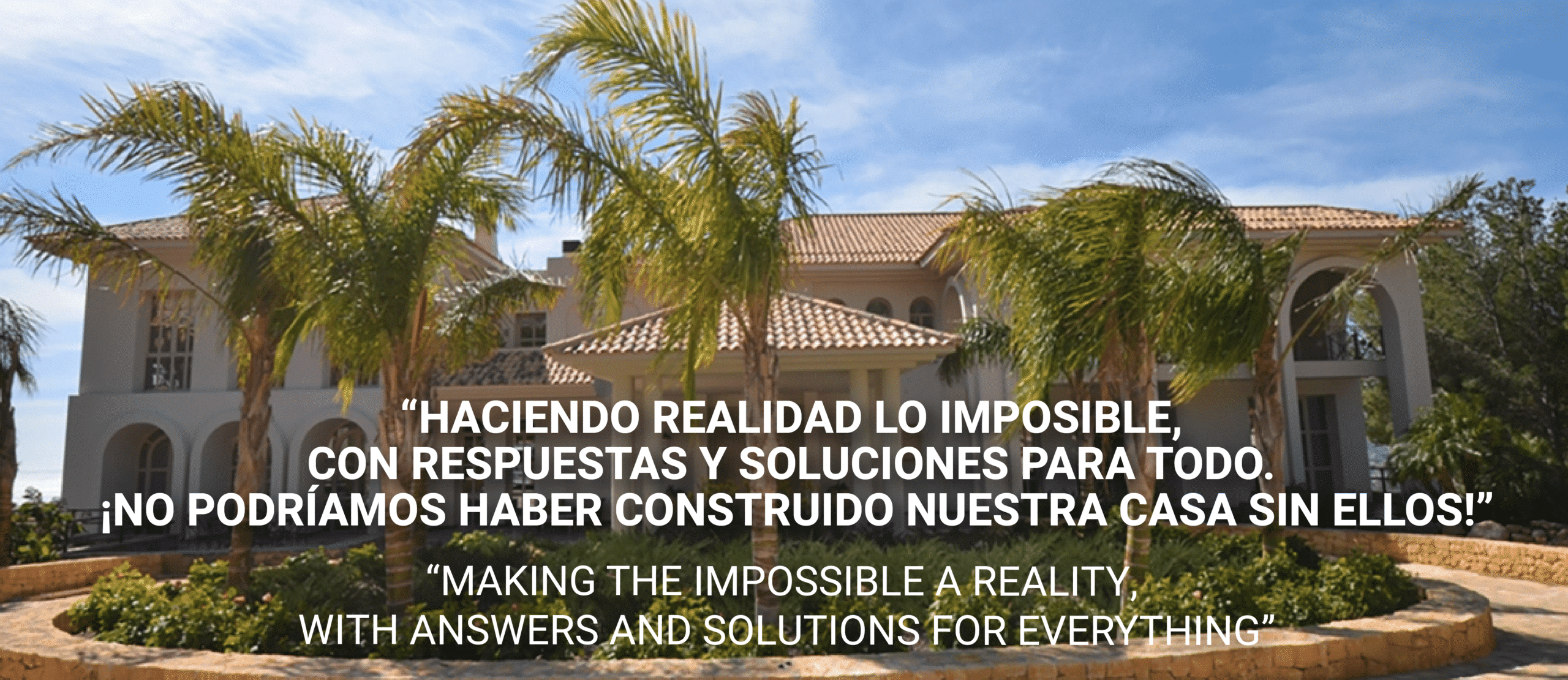
Talking about fiber-cement can turn us on the alarm lights for the damaging effects that buildings that contained it have had for a long time. However, fiber cement itself is not toxic; instead, the asbestos with which it was produced it is, but today the constructions that use it have completely eliminated this carcinogenic component.
Asbestos is a natural fiber that for years was used in construction because its toxicity was unknown. Currently, the fiber-cement used in construction is totally free of asbestos particles, so it does not represent any health risk and instead has many advantages.
Made with Portland cement that is mixed with silica reinforced by organic and synthetic fibers together with binder additives and water, this material is especially suitable for coatings of all kinds (interior and exterior), masonry and walls, false ceilings, among many others.
The most used fibers are:
Simple, fast and clean
One of the great advantages of this material is its lightness, which extraordinarily simplifies the execution on site. The fiber-cement plates are very handy and can be cut and drilled easily, making their installation very simple, which can be done “in dry”.
In addition to this versatility and variety of colors thanks to the incorporation of pigments in its composition, it is resistant to rain and fire resistant, which provides higher levels of security to the house.
Likewise, we cannot ignore that it is a very economical material compared to others, which together with its manageability and time savings of up to 70%,can have a very positive effect on our pocket. Such are its advantages that, although initially it was destined mainly for the exterior, leaving the plasterboard for the interior, more and more its use it’s displaced towards interior, finding it in any room of the house.
Drywall boards
One of the most widespread uses of fiber-cement today is to use it as boards, in what is known as drywall. These are panels that are fixed to a light wooden or galvanized steel structure. With them you can build dividing walls or non-structural walls.
The biggest handicap of this type of construction, known as “lightweight in dry”, is the appearance of cracks, especially when there are changes in temperature. However, these problems can be avoided, first of all, by using top quality materials and, especially on very large surfaces, including a control joint so that it absorbs any small displacement between the plates and that cracks do not appear.
In this type of joints, which must always be dilated, it is also advisable to use elastic mastic and, of course, clean the surface of the fiber-cement plates very well before they are collated, so that there are no dust particles and other residues.
On the other hand, false myths that were associated with this type of materials, such as the one that stated that heavy objects such as a television could not be anchored to these walls, have passed away, since today and thanks to the Wing screws, specially designed for drywall, fiber cement boards can support up to 30 kg of weight with the help of a simple drill.







Leave A Comment